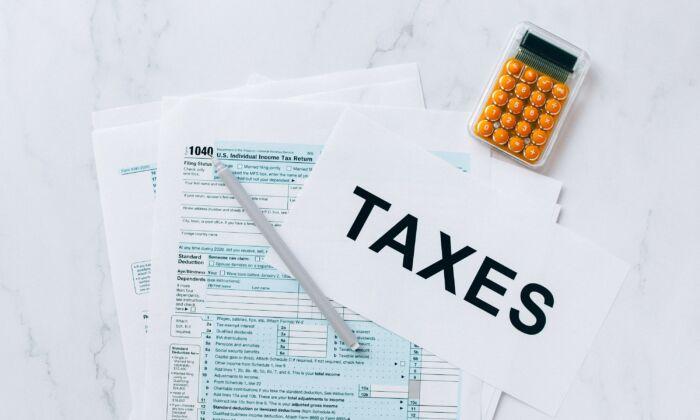The mistake many taxpayers make when considering tax credits is they don’t think about tax credits from the previous year until they are filing their taxes. Start planning early.
Whether they are credits new for the tax year 2022, or old ones that have changed, you need to know what is available to you so you can take advantage of all of the tax credits you deserve.
Child Tax Credit
The Child Tax Credit, initiated as part of the federal government’s pandemic recovery effort, will be reduced for 2022 tax returns to $2,000 for each dependent child, no matter the child’s age.The way it will be paid will also differ. Unlike in 2021, where half of the credit was immediately sent to eligible parents, the 2022 child tax credit will just be applied to your tax return filed in 2023.
Recovery Rebate Credit
Hopefully, you included this in your 2021 tax return (the one you just filed) because the Recovery Rebate Credit has expired.Earned Income Credit
Low and moderate income taxpayers can look forward to the Earned Income Tax Credit (often referred to as the EIC). The EIC works to reduce the amount of tax you will owe for 2022. In some cases, it could even score you a refund.Earned income is all taxable income and wages earned from working for yourself, for someone else, or from a business you own.This is a tax credit offered to people earning below $21,430 for those filing as singles, and $27,380 for spouses filing jointly during the 2022. It is not necessary to have a dependent child to qualify for the EIC, but those with children are in position to receive a higher tax credit, and with each child, the tax credit increases.

The IRS has not yet listed the maximum tax credit for the 2022 tax year. But looking at 2021 numbers can act as a rough guide. The size of the EIC for the 2021 tax year was $1,502 for those without children, up to $6,278 for those with three or more children.
American Opportunity Tax Credit
The American Opportunity Tax Credit (AOTC) is a tax credit given to eligible taxpayers who have education expenses for the first four years of higher education. The AOTC can be applied for by either the student or the person who paid the education expense.The AOTC can produce a tax credit of up to $2,500 per year per student. The credit is 100 percent of the first $2,000 of qualified education expenses for each student, then 25 percent of the next $2,000.
If the tax credit reduces your tax bill to zero, you can also receive 40 percent of the remaining amount as a tax refund. The maximum refund in that case is $1,000.
The Lifetime Learning Credit
The Lifetime Learning Credit (LLC) applies to part time or full time post-undergraduate classes at qualified institutions, and does not have a limit on the number of years it can be claimed.The LLC includes continuing education and graduate classes, job training classes, as well as hobby or sports activity expenses which are part of a degree program.
The maximum tax credit under the LLC is 20 percent of $10,000 in expenses (which means a maximum tax credit of $2,000).
However, you cannot claim both the AOTC and the LLC in any single tax year.

Saver’s Credit
The Saver’s Credit is designed to encourage contribution to their traditional Individual Retirement Account or Roth IRA.For non-married filers contributions of up to $2,000 can qualify for the credit, which can result in a maximum tax credit of $1,000. These amounts are doubled for those married filing jointly.
Like other tax credits, there is a maximum adjusted gross income allowable to qualify for the saver’s credit. For 2022, head of household taxpayers have an income threshold of $51,000. While married couples filing jointly can earn up to $68,000 to be eligible for the saver’s credit. All other filers can earn up to $34,000 and remain eligible. The size of the credit also varies based on income with the credit size falling as income increases.
Contributions can be made up to April 18, 2023 in order to receive the saver’s credit on the 2022 tax return. The saver’s credit can also be claimed on top of any other tax deduction as a result of their IRA contributions.

This is an important tax credit for 2022 because many workers who suffered income losses in 2022 as a result of the pandemic may now qualify.
The Epoch Times Copyright © 2022 The views and opinions expressed are only those of the authors. They are meant for general informational purposes only and should not be construed or interpreted as a recommendation or solicitation. The Epoch Times does not provide investment, tax, legal, financial planning, estate planning, or any other personal finance advice. The Epoch Times holds no liability for the accuracy or timeliness of the information provided.






